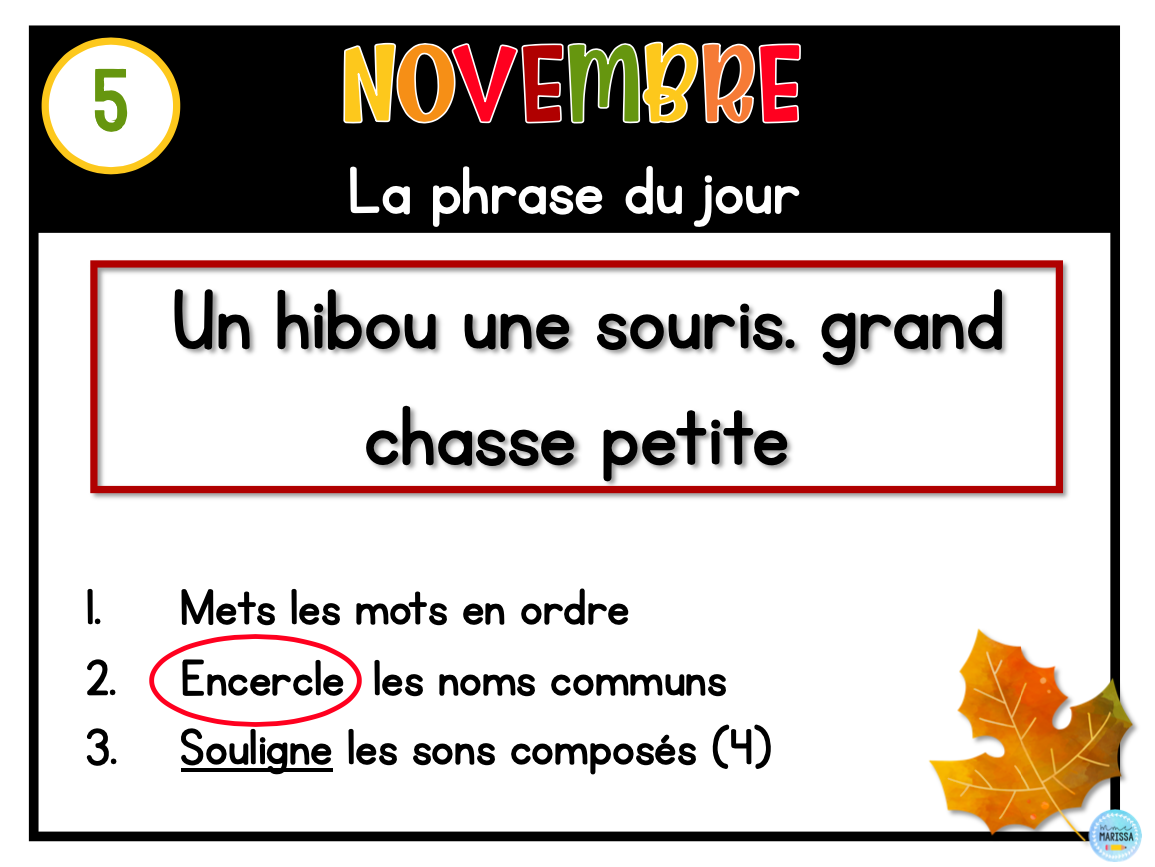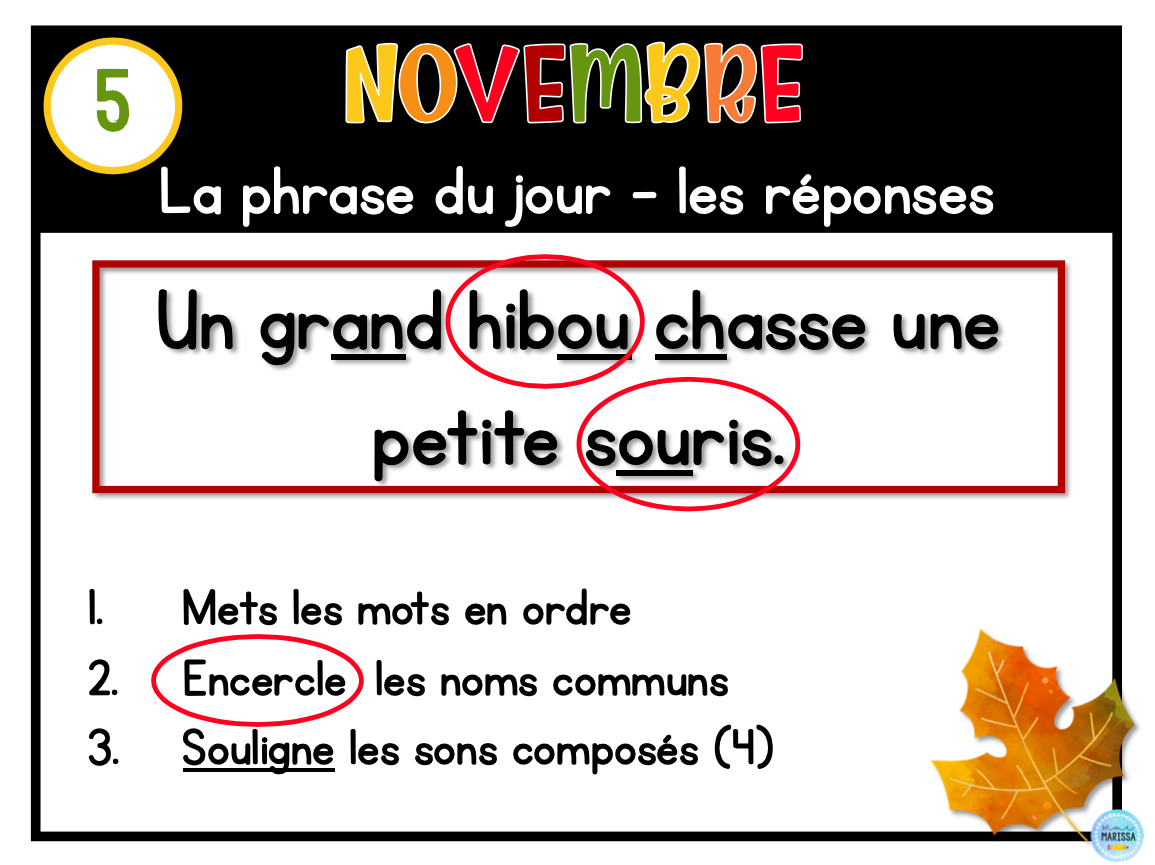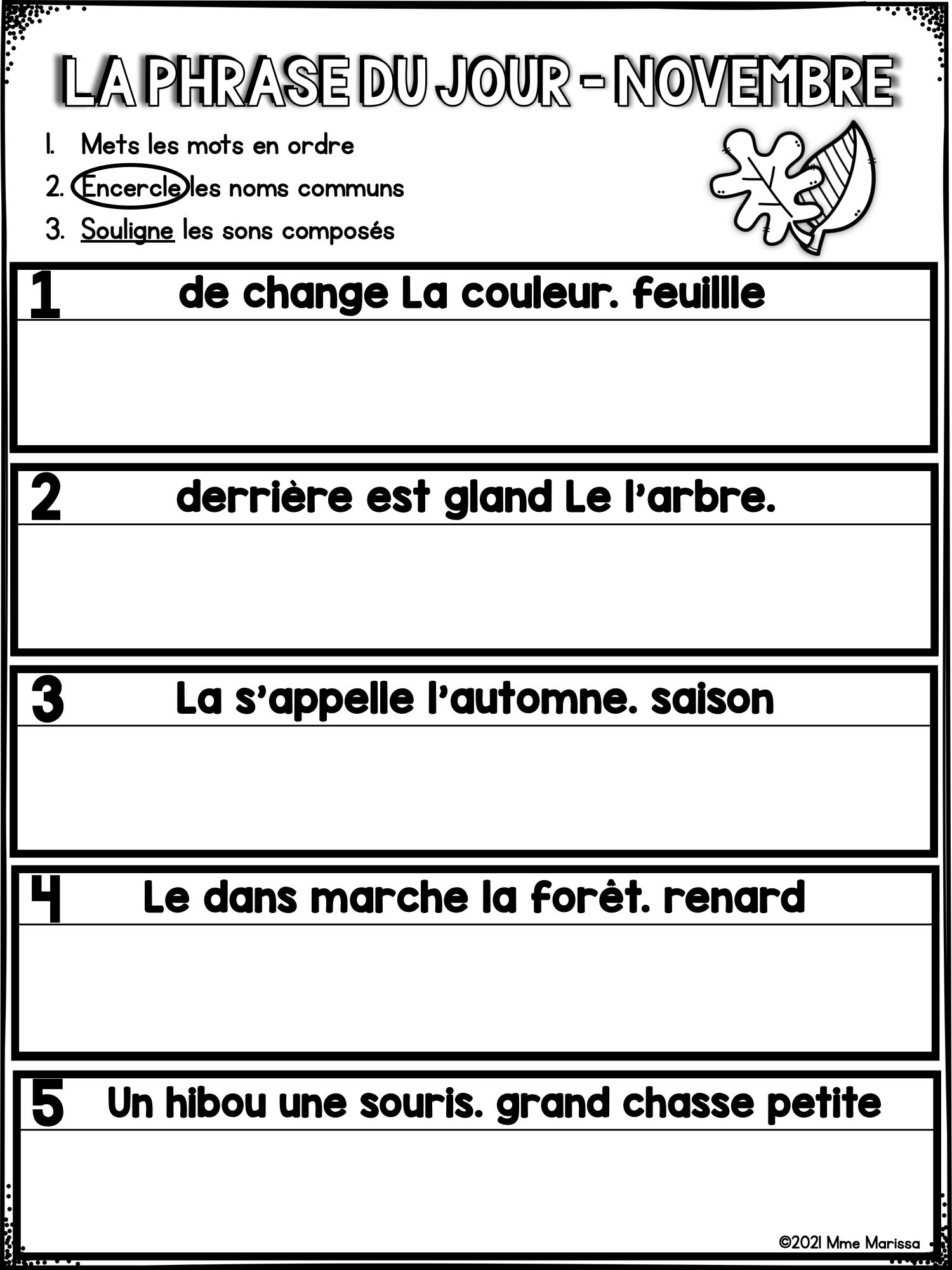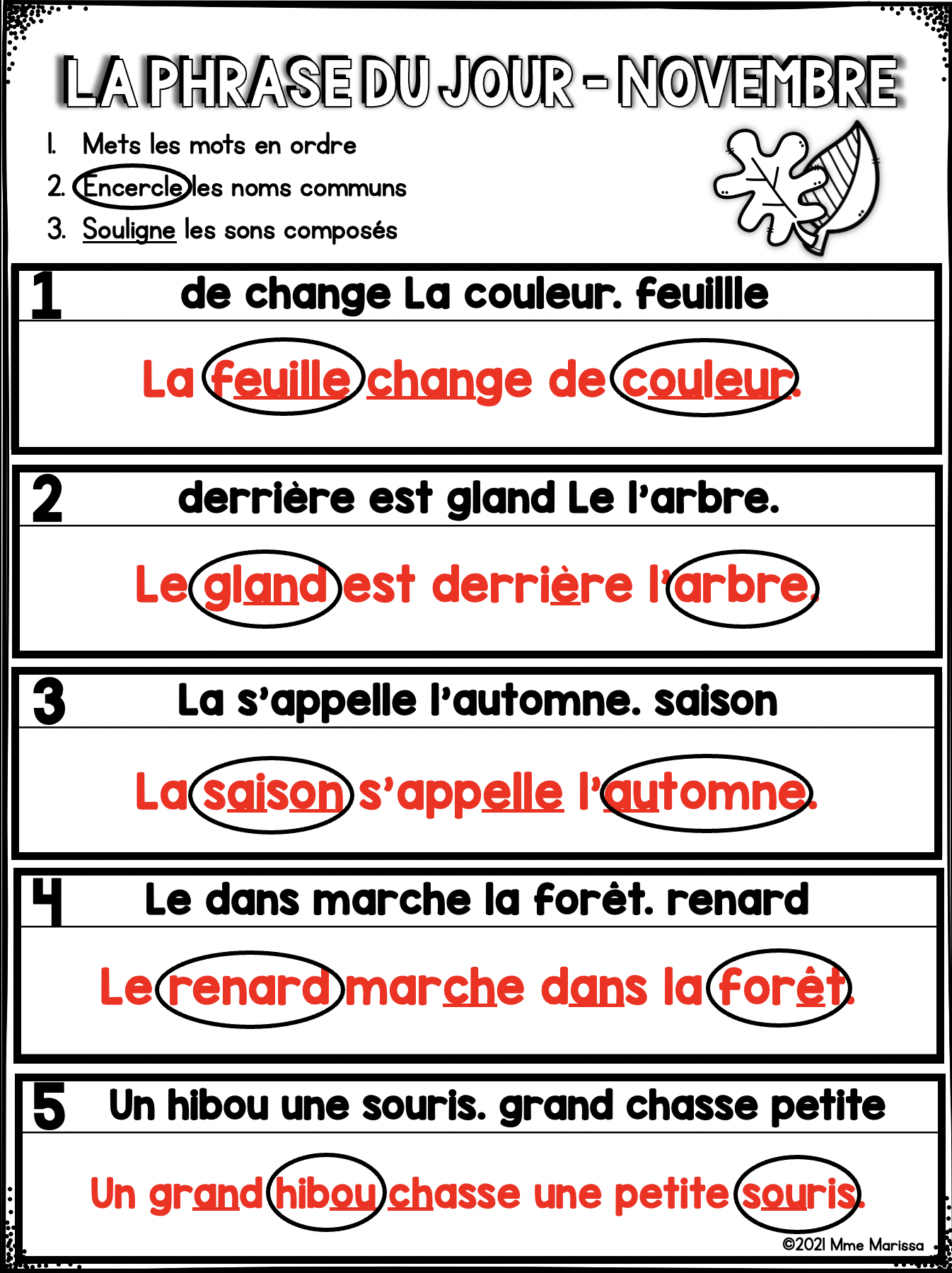5-Minute French Grammar
Call me old school but grammar is very important. I know when you think about grammar you probably think some of the following:
Ugh, grammar is so boring
My students hate it
I don’t know how to teach it
Endless worksheets
I don’t even know where to start
What if I told you that grammar doesn’t have to be a huge chore and you can practice grammar skills in 5 minutes everyday without worksheets and without prepping anything. Would you believe me that my students remind me to do it if I forget? It’s true!
Now, I get it, we’d all much rather teach fun things like long division (kidding!) but I know grammar isn’t exactly high on the interest list. I also know that grammar is something that you can’t just teach once, do a few worksheets and call it good, especially in a second language. We need to be practicing it EVERY DAY. Yes every single day.
How do I manage to teach grammar in 5-minutes?
My Phrase du Jour program is meant to infuse a small amount of grammar IN CONTEXT into every day. There is one sentence for every day of the month. Each month there are a different prompts asking students to find different grammatical elements in a sentence. It always requires students to first unscramble the sentence. They get a sentence that is all mixed up and they have to sort it out. This is a skill in itself, understanding sentence structure and clues like capital letters and period. Then they have 2-3 other things to do with the sentence. For example they might need to find the complex sounds, identify the common nouns, the verbs or adjectives or change a name or common noun into a personal pronoun.
*note: the examples in this blog post are from the Grade 2/3 version but the same process can be followed using the Grade 1/2 version.
Phrase du Jour is not the only grammar I teach. I teach grammar explicitly using my grammar units .
Even though I dedicate this time to teaching the mechanics of grammar, I want them to work on it in context without really realizing they’re doing it, and that’s where Phrase du Jour comes in!
Why does it work?
It’s repetitive, they look for the same thing every day so they get pretty darn good at it by the end of the month.
It practices grammar in context, which helps them gain a better understanding of the concept.
It changes monthly so they are always working on different skills and revising old ones.
It only takes 5 minutes (or less) so it doesn’t feel like a never ending activity.
It introduces students to a variety of thematic vocabulary.
It can be done as a group or independently so you can differentiate based on the needs of your students.
How can you structure it?
There are two versions available, a printable workbook and a digital “projectable” version. In both versions you can either do it as a group or have students work independently. Many teachers use it as a bell ringer activity and I use mine during our morning routine. If you teach online, you can easily do this during a live lesson or use the workbook as a daily activity.
There is one sentence for every day of the month so you can choose to go in order (ie: 1, 2, 3… ) or you can choose to do the number of the date (ie: Monday December 6, we do #6). I find it easiest to do the latter so I don’t lose track.
In my class I project the daily slide onto my board then we solve the sentence together. They help me solve it orally and I write it out on the whiteboard. I like to use different coloured pens to highlight different elements. If you want to project it, you can do it together like I do, or you could have students do it on their own whiteboard or in a notebook. The next “slide” has the answers so students can correct their own work.
My newest version is the printable workbook. The sentences are the same as the projectable version so you can project and have students work in their book if you own both versions. Print one booklet for the whole month and your grammar is ready to go!
*From the December pack. We extended it so we found more than the slide asked for. See below for info on optionally extending the activity.
Below is the projectable version.
One day on one page. The next page has the answers so that students can correct work. If you use this version, you can do it like I do and write on the board, or have students write it out on their own whiteboard or in a notebook.
Below is the workbook version.
There are 5 questions on each page. Students write their answers in the space under the mixed up sentence. There is also an answer key included.
Extending it
I always follow the prompts on the slide but we don’t stop there. You can leave it at what’s asked, there is no need to take it any further but if you’re doing it as a group, it’s easy to bring back skills from past months. My students’ favourite thing is to find the “sons composés”. They also like to go back and identify “le sujet, le verbe et le complément” which is from September’s slides. October asks us to say whether a chosen word is masculine or feminine. We continue that into November. There is nothing that stops you from ripping that sentence apart and finding everything you can in it. There are so many ways to review other skills while you’re at it. This helps them remember those concepts since they’re practicing something over and over.
My students often say “Madame, every word on the board has a line or a circle or something with it!” Yes, that’s fantastic, that’s us breaking it apart and understanding the words.
In this example, the slide told us to unscramble the sentence, circle the verb and change the underlined word to a personal pronoun. This is from the December pack.
You can see that we did those things, but then we also underlined the complex sounds (orange), did a squiggle line for the common nouns (red), identified if those common nouns were masculine or feminine (red) and identified sujet, verbe & complément (green).
So, we found a whole lot more than the slide asked for. There is no need to do this, but it helps reinforce past skills and keep them fresh.
Think this is something that could work for your students? Each month is available individually or you can get the whole year bundle. Each month has a different set of prompts, so check out the descriptions. Click the image to find it on TPT.
What are people saying about it?
“The predictability of these questions in that the kids can expect the same format is comforting and helps them learn the concept without having to learn a different format every day. Great resource! ”
“I love this bundle. I use it as part of my morning routine and the students are able to do the work independently and I have it set up so that they can check their own work. They are very proud when they can complete the work and see that they get it all right. If they have mistakes they go back and fix them. I am enjoying using this very much!”
“My students love our phrase du jour routine every morning. They are engaged and it has helped with their sentence structure and vocabulary. Merci!”
“I use this product on a daily basis. Students are very engaged and look forward to seeing if they have correctly put back the sentence together and if they have found everything that it asks for. It is also a great way to develop their French vocabulary and reading skills. Merci!”












